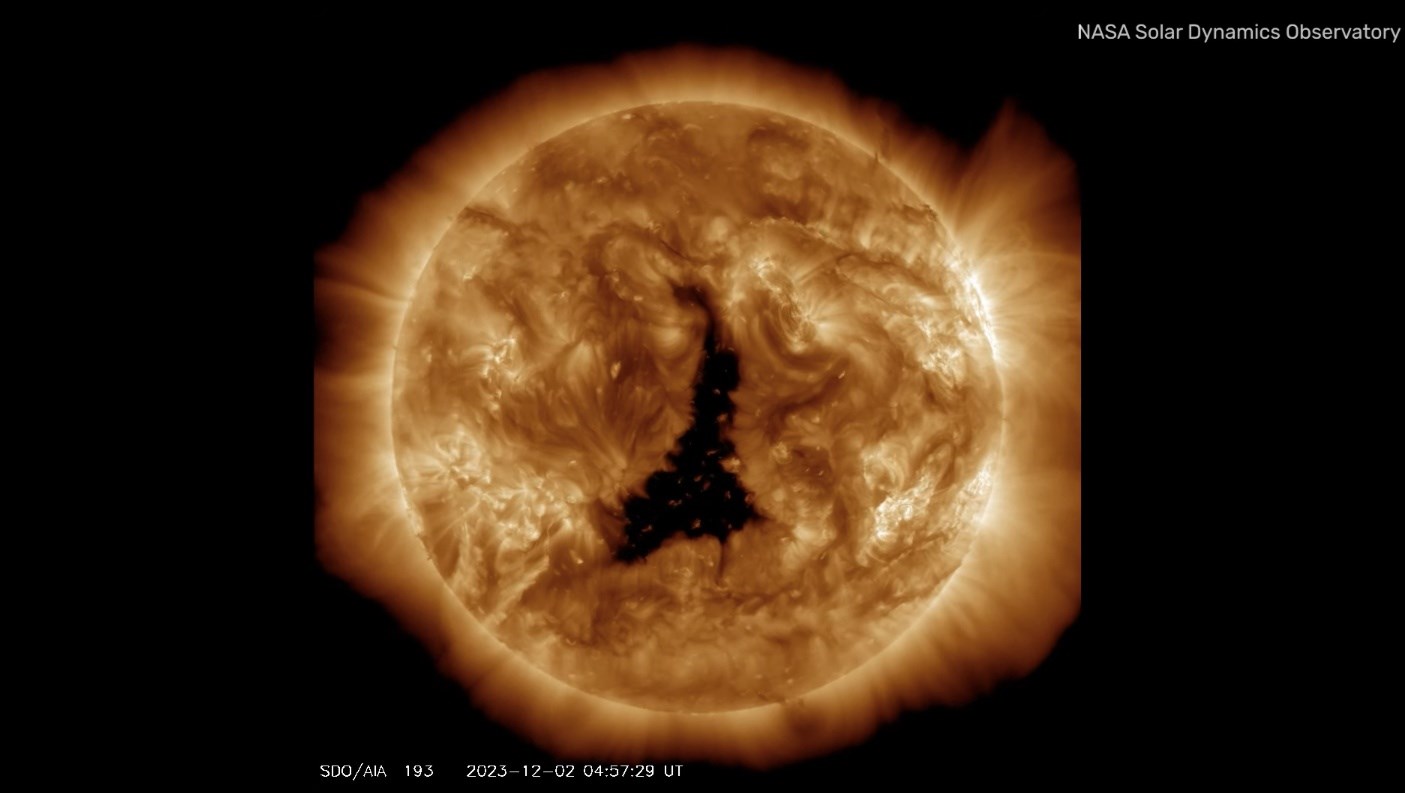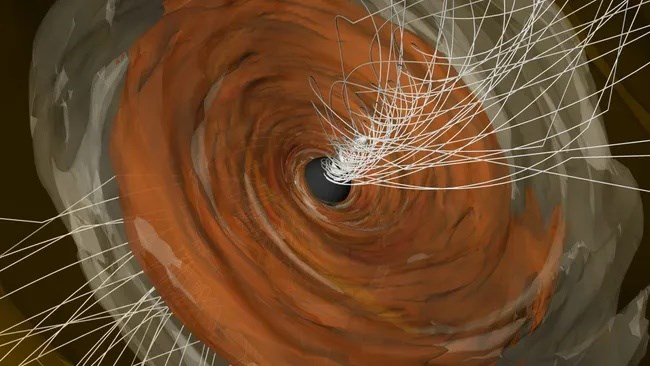[{“available”:true,”c_guid”:”12aed9b3-f22e-42ce-8589-97d2f06bf1f1″,”c_author”:”HVG”,”category”:”360″,”description”:”Elhunyt Silvio Berlusconi, Erdogan török elnök maradt, csúcsrajárt a luxussport Szaúd-Arábiában, Finnország NATO-tag lett. A nemzetközi politikai-közéleti eseményeket bemutató, évzáró sorozatunk második része.”,”shortLead”:”Elhunyt Silvio Berlusconi, Erdogan török elnök maradt, csúcsrajárt a luxussport Szaúd-Arábiában, Finnország NATO-tag…”,”id”:”20231226_Az_ev_kronikaja_2023_Vilag_2_resz_hvg”,”image”:”https://api.hvg.hu/Img/ffdb5e3a-e632-4abc-b367-3d9b3bb5573b/12aed9b3-f22e-42ce-8589-97d2f06bf1f1.jpg”,”index”:0,”item”:”6384ca02-132e-4008-929a-8da41f6144cc”,”keywords”:null,”link”:”/360/20231226_Az_ev_kronikaja_2023_Vilag_2_resz_hvg”,”timestamp”:”2023. december. 26. 12:45″,”title”:”India demográfiai csúcson, III. Károly a trónon – ez a volt a világ 2023-ban, 2. rész”,”trackingCode”:”RELATED”,”c_isbrandchannel”:false,”c_isbrandcontent”:false,”c_isbrandstory”:false,”c_isbrandcontentorbrandstory”:false,”c_isbranded”:false,”c_ishvg360article”:true,”c_partnername”:null,”c_partnerlogo”:”00000000-0000-0000-0000-000000000000″,”c_partnertag”:null},{“available”:true,”c_guid”:”54ce233c-8ece-46b9-8105-840be6c6319e”,”c_author”:”hvg.hu”,”category”:”tudomany”,”description”:”Egy egereken végzett kísérlet végeredménye szerint egy bizonyos esszenciális aminosav korlátozott bevitele lassítja az öregedés hatásait, sőt akár meg is hosszabbíthatja az életet.”,”shortLead”:”Egy egereken végzett kísérlet végeredménye szerint egy bizonyos esszenciális aminosav korlátozott bevitele lassítja…”,”id”:”20231226_izoleucin_bevitel_korlatozasa_vercukorszint_hatasok”,”image”:”https://api.hvg.hu/Img/ffdb5e3a-e632-4abc-b367-3d9b3bb5573b/54ce233c-8ece-46b9-8105-840be6c6319e.jpg”,”index”:0,”item”:”ace0bfe8-0501-4c2a-ae5b-a018a8e275bc”,”keywords”:null,”link”:”/tudomany/20231226_izoleucin_bevitel_korlatozasa_vercukorszint_hatasok”,”timestamp”:”2023. december. 26. 09:03″,”title”:”Egyetlen aminosav bevitelét fogták vissza – 33%-kal tovább éltek”,”trackingCode”:”RELATED”,”c_isbrandchannel”:false,”c_isbrandcontent”:false,”c_isbrandstory”:false,”c_isbrandcontentorbrandstory”:false,”c_isbranded”:false,”c_ishvg360article”:false,”c_partnername”:null,”c_partnerlogo”:”00000000-0000-0000-0000-000000000000″,”c_partnertag”:null},{“available”:true,”c_guid”:”fe3967c0-2fd1-4903-b60f-feff7f2e9fa6″,”c_author”:”hvg.hu”,”category”:”vilag”,”description”:”Törökország és Irán nagyon hasonló állásponton van, ami Izrael szerepét és helyzetét illeti a jelenlegi konfliktusban.”,”shortLead”:”Törökország és Irán nagyon hasonló állásponton van, ami Izrael szerepét és helyzetét illeti a jelenlegi konfliktusban.”,”id”:”20231226_Az_irani_elnok_januar_elejen_Erdogannal_targyal_a_gazai_es_sziriai_helyzetrol”,”image”:”https://api.hvg.hu/Img/ffdb5e3a-e632-4abc-b367-3d9b3bb5573b/fe3967c0-2fd1-4903-b60f-feff7f2e9fa6.jpg”,”index”:0,”item”:”b2c3f857-e0da-4dc4-9ee0-206e7adbc286″,”keywords”:null,”link”:”/vilag/20231226_Az_irani_elnok_januar_elejen_Erdogannal_targyal_a_gazai_es_sziriai_helyzetrol”,”timestamp”:”2023. december. 26. 15:24″,”title”:”Az iráni elnök január elején Erdogannal tárgyal a gázai és szíriai helyzetről”,”trackingCode”:”RELATED”,”c_isbrandchannel”:false,”c_isbrandcontent”:false,”c_isbrandstory”:false,”c_isbrandcontentorbrandstory”:false,”c_isbranded”:false,”c_ishvg360article”:false,”c_partnername”:null,”c_partnerlogo”:”00000000-0000-0000-0000-000000000000″,”c_partnertag”:null},{“available”:true,”c_guid”:”24f102f9-f91d-45b4-926a-5ce1699c8f9e”,”c_author”:”hvg.hu”,”category”:”elet”,”description”:”Budapest legújabb látványosságának szánja Kreinbacher József a legnagyobb magyar gőzös újraépített mását. A projektbe az állam is beszállt ötmilliárd forinttal.”,”shortLead”:”Budapest legújabb látványosságának szánja Kreinbacher József a legnagyobb magyar gőzös újraépített mását. A projektbe…”,”id”:”20231226_Hamarosan_egy_ujjaepitett_gozhajo_fogadhatja_a_latogatokat_a_Lanchidnal”,”image”:”https://api.hvg.hu/Img/ffdb5e3a-e632-4abc-b367-3d9b3bb5573b/24f102f9-f91d-45b4-926a-5ce1699c8f9e.jpg”,”index”:0,”item”:”d478d5a3-ccba-4f08-8d8e-df5e46eeeabc”,”keywords”:null,”link”:”/elet/20231226_Hamarosan_egy_ujjaepitett_gozhajo_fogadhatja_a_latogatokat_a_Lanchidnal”,”timestamp”:”2023. december. 26. 11:14″,”title”:”Hamarosan egy újjáépített gőzhajó fogadhatja a látogatókat a Lánchídnál”,”trackingCode”:”RELATED”,”c_isbrandchannel”:false,”c_isbrandcontent”:false,”c_isbrandstory”:false,”c_isbrandcontentorbrandstory”:false,”c_isbranded”:false,”c_ishvg360article”:false,”c_partnername”:null,”c_partnerlogo”:”00000000-0000-0000-0000-000000000000″,”c_partnertag”:null},{“available”:true,”c_guid”:”290b7ebb-c5e6-4519-9a55-afd285a8b08d”,”c_author”:”HVG360″,”category”:”360″,”description”:”Partvonalra kell szorítani Orbán Viktort, különös tekintettel arra, hogy 2024 második felében Magyarország lesz az Unió soros elnöke, írja a lap szerzője.”,”shortLead”:”Partvonalra kell szorítani Orbán Viktort, különös tekintettel arra, hogy 2024 második felében Magyarország lesz az Unió…”,”id”:”20231227_washington_post_orban_eu”,”image”:”https://api.hvg.hu/Img/ffdb5e3a-e632-4abc-b367-3d9b3bb5573b/290b7ebb-c5e6-4519-9a55-afd285a8b08d.jpg”,”index”:0,”item”:”31363fe4-c085-4b59-ba6d-011b6a3e5d75″,”keywords”:null,”link”:”/360/20231227_washington_post_orban_eu”,”timestamp”:”2023. december. 27. 07:30″,”title”:”Washington Post-kommentár: Jó volna, ha a Nyugat Orbán Viktor ügyében nem áltatná magát”,”trackingCode”:”RELATED”,”c_isbrandchannel”:false,”c_isbrandcontent”:false,”c_isbrandstory”:false,”c_isbrandcontentorbrandstory”:false,”c_isbranded”:false,”c_ishvg360article”:true,”c_partnername”:null,”c_partnerlogo”:”00000000-0000-0000-0000-000000000000″,”c_partnertag”:null},{“available”:true,”c_guid”:”32899bdb-af92-4eee-b5e2-e012929d94ba”,”c_author”:”Bedő Iván”,”category”:”360″,”description”:”Furcsa határterületen mozog Magyarország a világ értéktérképén. Nagyobb összefüggésben pedig azt mutatja az adatsor, hogy sok országban visszatér egy meghaladottnak vélt gondolkodásmód.”,”shortLead”:”Furcsa határterületen mozog Magyarország a világ értéktérképén. Nagyobb összefüggésben pedig azt mutatja az adatsor…”,”id”:”20231226_hvg_vilag_ertekterkepe_magyarorszag_tarsadalom_ertekrendje_world_values_survey_kutatas_valahol_europaban”,”image”:”https://api.hvg.hu/Img/ffdb5e3a-e632-4abc-b367-3d9b3bb5573b/32899bdb-af92-4eee-b5e2-e012929d94ba.jpg”,”index”:0,”item”:”54c4ff93-2437-4e8c-b56d-1c21fc9b9556″,”keywords”:null,”link”:”/360/20231226_hvg_vilag_ertekterkepe_magyarorszag_tarsadalom_ertekrendje_world_values_survey_kutatas_valahol_europaban”,”timestamp”:”2023. december. 26. 11:00″,”title”:”Milyen is az a bizonyos magyar gondolkodásmód? Hol helyezhető el a világban?”,”trackingCode”:”RELATED”,”c_isbrandchannel”:false,”c_isbrandcontent”:false,”c_isbrandstory”:false,”c_isbrandcontentorbrandstory”:false,”c_isbranded”:false,”c_ishvg360article”:true,”c_partnername”:null,”c_partnerlogo”:”00000000-0000-0000-0000-000000000000″,”c_partnertag”:null},{“available”:true,”c_guid”:”cc061018-ef25-4c49-a409-289fb824c78a”,”c_author”:”hvg.hu”,”category”:”itthon”,”description”:”Az északkeleti és délnyugati megyékben több órára is kisüthet a nap, másutt azonban nagyrészt erősen felhős vagy borult idő várható és a borult tájakon előfordulhat kisebb eső. “,”shortLead”:”Az északkeleti és délnyugati megyékben több órára is kisüthet a nap, másutt azonban nagyrészt erősen felhős vagy borult…”,”id”:”20231225_Ma_meg_a_nap_is_kisut”,”image”:”https://api.hvg.hu/Img/ffdb5e3a-e632-4abc-b367-3d9b3bb5573b/cc061018-ef25-4c49-a409-289fb824c78a.jpg”,”index”:0,”item”:”ec53d038-dede-43f3-a60d-7007412e4505″,”keywords”:null,”link”:”/itthon/20231225_Ma_meg_a_nap_is_kisut”,”timestamp”:”2023. december. 25. 09:14″,”title”:”Ma még a nap is kisüt”,”trackingCode”:”RELATED”,”c_isbrandchannel”:false,”c_isbrandcontent”:false,”c_isbrandstory”:false,”c_isbrandcontentorbrandstory”:false,”c_isbranded”:false,”c_ishvg360article”:false,”c_partnername”:null,”c_partnerlogo”:”00000000-0000-0000-0000-000000000000″,”c_partnertag”:null},{“available”:true,”c_guid”:”634d5b5c-93a9-40fe-8b15-78f8800ef8ad”,”c_author”:”hvg.hu”,”category”:”itthon”,”description”:”Egyelőre a Buda-észak árvízvédelmi szakaszon volt indokolt a készültség erősítése, de csütörtök hajnalig további áradás várható.”,”shortLead”:”Egyelőre a Buda-észak árvízvédelmi szakaszon volt indokolt a készültség erősítése, de csütörtök hajnalig további áradás…”,”id”:”20231226_Masodfokura_emelte_az_arvizvedelmi_keszultseg_szintjet_Budapesten_a_fopolgarmester”,”image”:”https://api.hvg.hu/Img/ffdb5e3a-e632-4abc-b367-3d9b3bb5573b/634d5b5c-93a9-40fe-8b15-78f8800ef8ad.jpg”,”index”:0,”item”:”f4023e06-6e94-4b2e-a3ff-2a79ae931e24″,”keywords”:null,”link”:”/itthon/20231226_Masodfokura_emelte_az_arvizvedelmi_keszultseg_szintjet_Budapesten_a_fopolgarmester”,”timestamp”:”2023. december. 26. 17:17″,”title”:”Másodfokúra emelte az árvízvédelmi készültség szintjét Budapesten a főpolgármester”,”trackingCode”:”RELATED”,”c_isbrandchannel”:false,”c_isbrandcontent”:false,”c_isbrandstory”:false,”c_isbrandcontentorbrandstory”:false,”c_isbranded”:false,”c_ishvg360article”:false,”c_partnername”:null,”c_partnerlogo”:”00000000-0000-0000-0000-000000000000″,”c_partnertag”:null}]

We recommend it from the first page

Peter Humphay
hvg360

Sándor Csányi has fallen to second place on Forbes' annual list. István Tiborcz has already made it into the top 50 this year, taking his place in midfield.













































